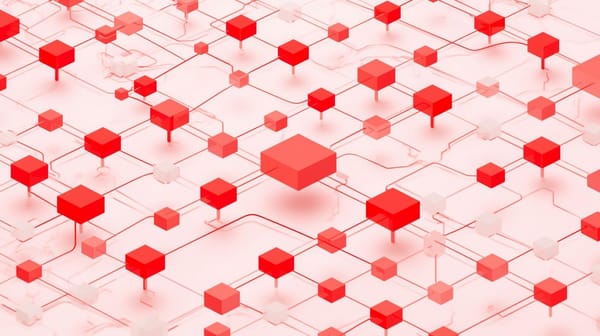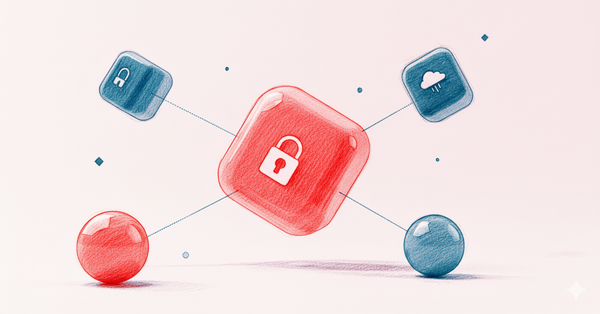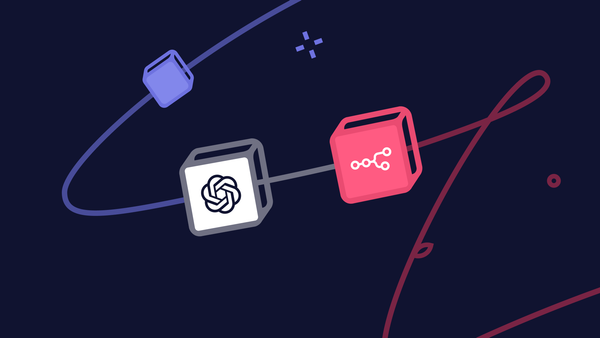Using RAG to power your marketing intelligence
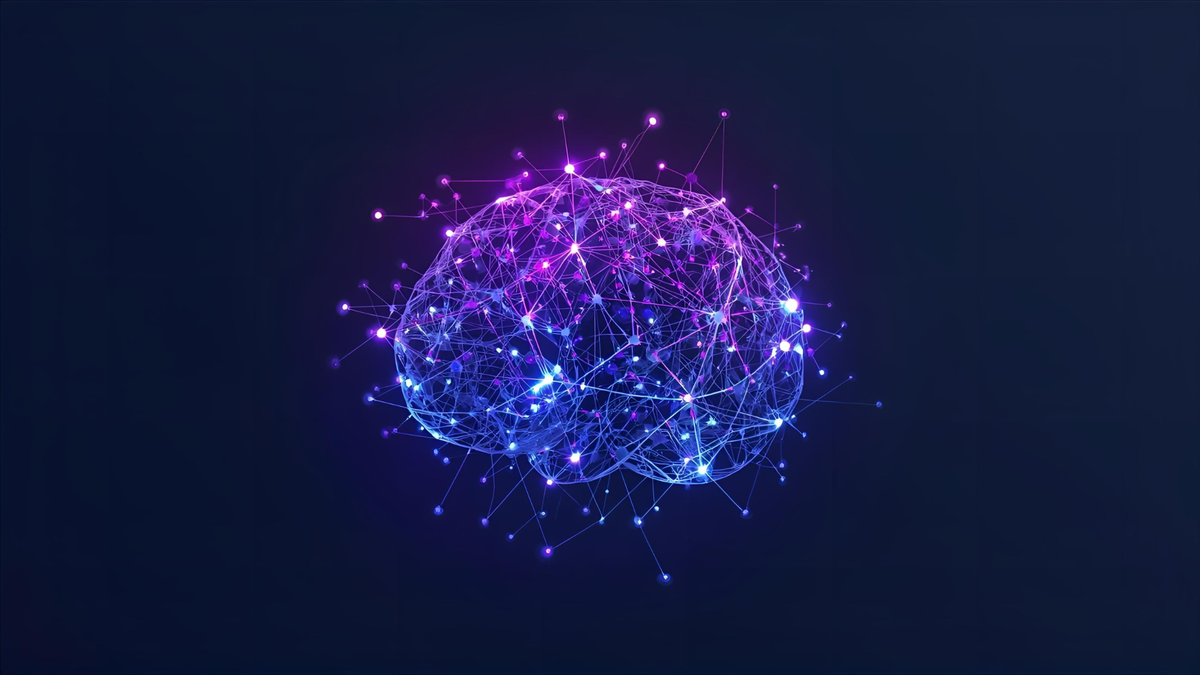
Imagine you've just hired the most brilliant, creative, and experienced marketing strategist. They have an encyclopedic knowledge of market trends, copywriting techniques, and strategic frameworks. There's just one problem: on their first day, they know absolutely nothing about your business.
They haven't read your brand guidelines, your past campaign performance reports, your customer personas, or your product documentation.
How do you get them up to speed? You could sit them in a room and lecture them for eight hours straight, trying to cram every piece of company knowledge into their memory. This, however, takes time and is not 100% effective...
Ideally, you would give them access to the company's shared drive—the library of your collective knowledge. You'd say, "Welcome aboard. Before you tackle any new project, consult this library to find the relevant documents. Use your expertise to act on what you find."
This is precisely what Retrieval-Augmented Generation (RAG) does for your AI.

What is RAG in practice?
In a practical n8n workflow, a RAG system allows an AI Agent to answer a question like, "What were the key takeaways from our last product launch?"
Instead of answering from its generic LLM training data, the AI performs a clear sequence of tasks:
- It searches your company's digital library (your knowledge base).
- It instantly finds the relevant document—the post-launch performance report.
- It reads the key sections, like the executive summary.
- It uses that specific information to formulate a perfect, context-aware response.
This article covers the core advantages of RAG, how it works, and when a simpler solution might be a better fit.
The Core Advantages of RAG: Smarter Context and Deeper Knowledge
While Large Language Models (LLMs) are powerful, they face two key limitations in a business context: a finite "context window" (memory) and difficulty processing vast amounts of unstructured company data. RAG provides a strategic advantage by solving both issues. It allows an AI to work with selective, relevant information to avoid overloading its memory, and crucially, it empowers the AI to draw insights from your entire library of unstructured content—from meeting notes to knowledge bases—turning it all into a reliable source of truth.
1. Selective Context for Efficiency and Speed
An LLM's context window can't fit your entire company's knowledge base. Instead of force-feeding the model massive documents in a single prompt, RAG enables selective context. By retrieving only the most relevant snippets for a specific task, it keeps the prompt clean and efficient. This has two major benefits:
- Cost-Efficiency: API calls are priced per token. Smaller, relevant prompts are far cheaper than repeatedly sending a 50-page document, which is critical for automated workflows making thousands of calls.
- Speed and Performance: Larger prompts take longer to process. RAG provides a focused context, leading to much faster response times and more reliable, performant automations.
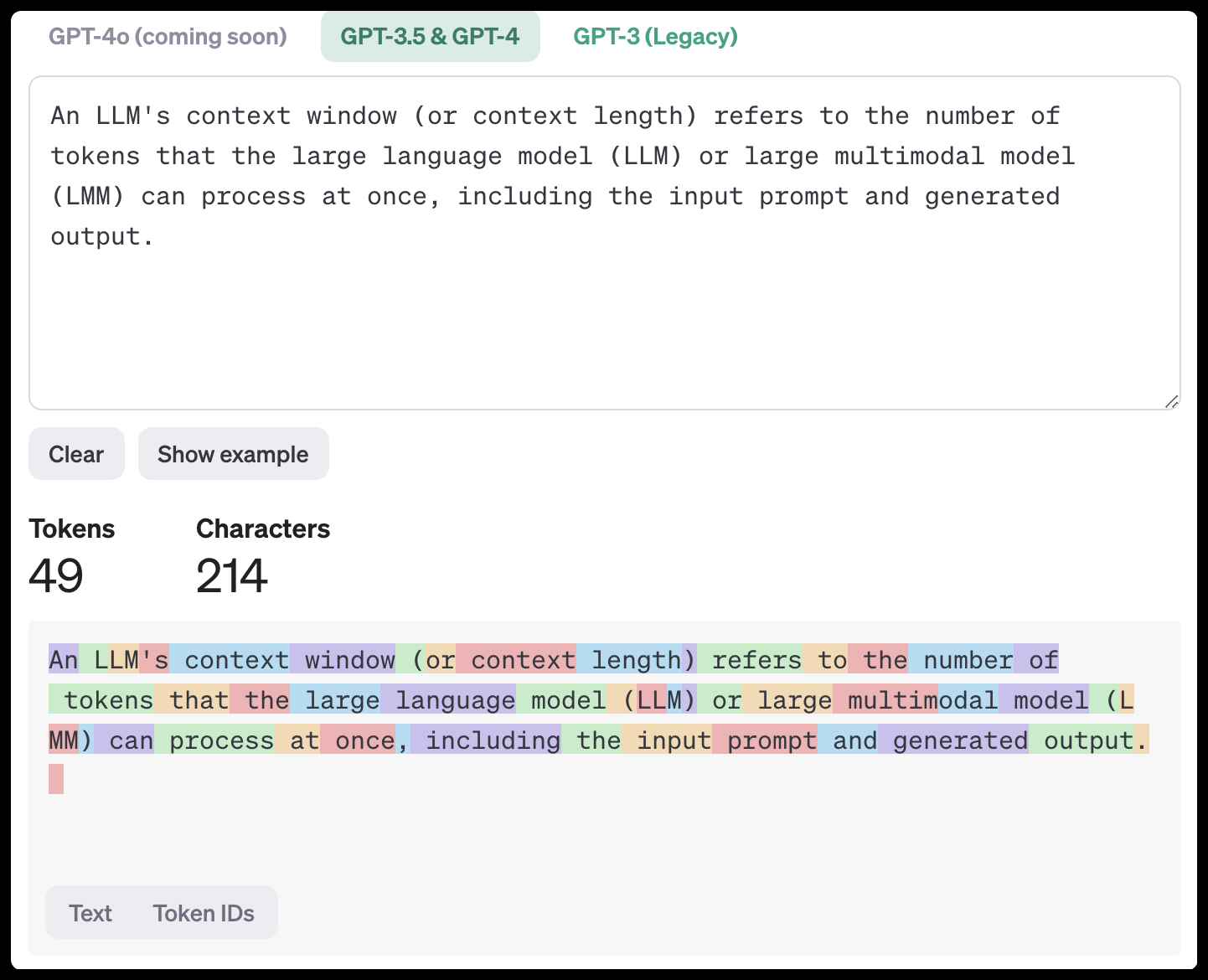
2. Unlocking Insights from Unstructured Content
The true power of RAG lies in its ability to work with your messy, unstructured content. You can provide an agent with a diverse collection of documents—raw meeting summaries, a complete Confluence knowledge base, or the output of all 52 weekly business reviews from the last year. The AI, guided by RAG, can effectively classify, comprehend, and report on this information, turning a chaotic library of documents into a structured, queryable asset.
3. Grounded Knowledge for Accuracy and Scalability
Ultimately, RAG is the bridge that connects a generic LLM to your specific operational reality. By giving your AI agent access to company knowledge bases, databases, and performance reports, you transform it from a generalist into a specialized expert.
- Accuracy and Relevance: LLMs are notorious for "hallucinations" (making things up). RAG dramatically minimizes this risk by grounding the model in facts from your documents. Research also shows AI agents pay less attention to information buried in the middle of long prompts; RAG avoids this by providing only a few highly relevant snippets.
- Scalability and Maintenance: Imagine your company updates its brand guidelines. With a RAG system, you simply update that one document in your knowledge base, and the entire system is current. The alternative is manually finding and updating every static prompt across all your automations—an unscalable nightmare.
How It Works: The Three Parts of a RAG System
A RAG system can be broken down into three simple components:
- The Knowledge Base (Your Library): This is your curated collection of private documents: internal wikis, product documentation, past campaign reports, etc. This becomes your single source of truth.
- The Retriever (The Research Assistant): This is the intelligent search component. When you ask a question, the retriever instantly scans the knowledge base and finds the most relevant snippets of information using vector search, which understands semantic meaning.
- The Generator (The Expert Strategist): This is the LLM (e.g., GPT-5). It receives your question and the specific information found by the retriever. Its job is to synthesize this information and formulate a coherent, human-readable answer, "augmenting" its general knowledge with your provided facts.
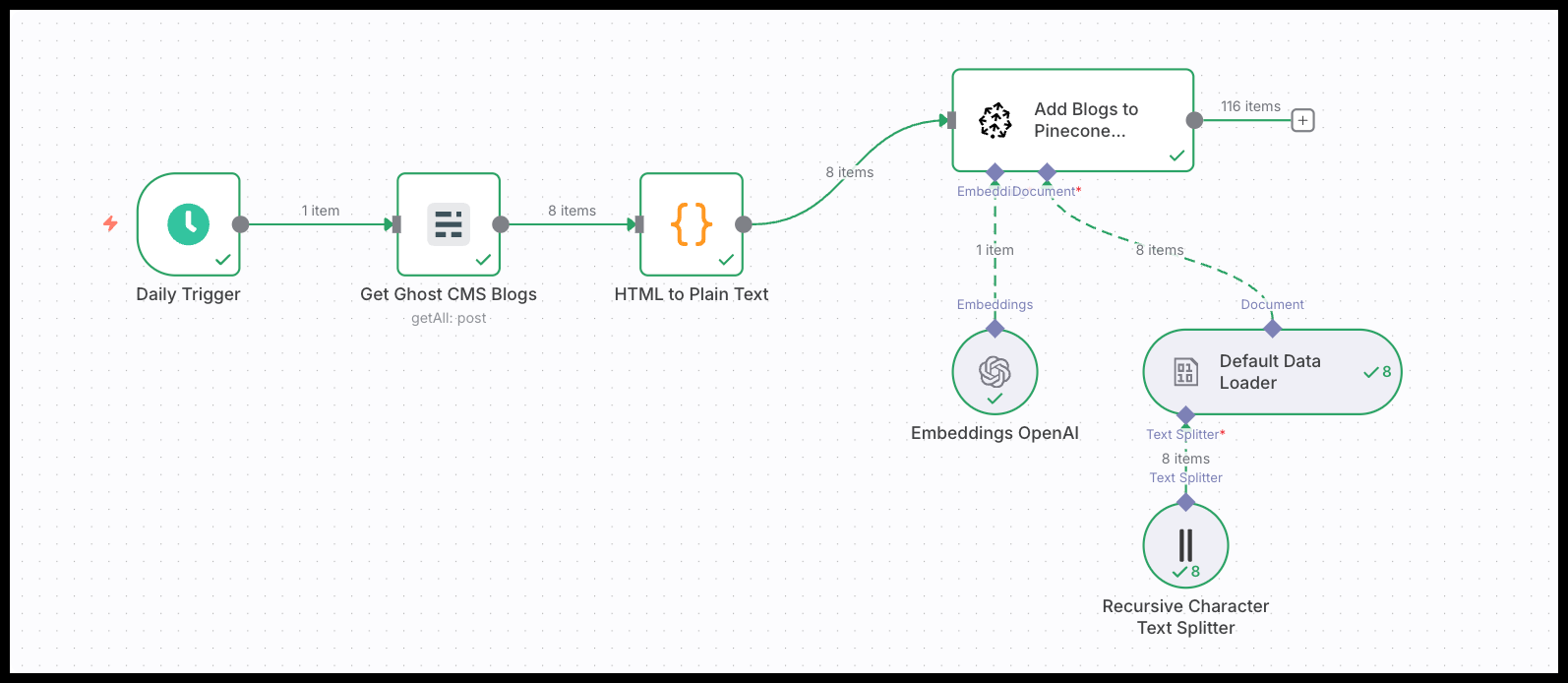
When you don't need a RAG: Simpler alternatives
Before building a vector database, consider if a simpler approach will solve your problem.
- For static rules: Use detailed system instructions. If you just need the AI to always write in a specific, formal tone or follow a certain output format, a well-crafted prompt is far more efficient.
- For real-time, singular data points: Use tools or API calls. If an agent needs to know the current status of a specific customer, have it call your CRM's API. A RAG is for a broad knowledge base, not a single transactional lookup.
| Situation | Recommended Solution |
|---|---|
| AI needs to write with our brand voice & tone. | Detailed system prompt. |
| AI needs to answer questions about our 1,500 product spec sheets. | RAG |
| AI needs to check the current stock of a single product. | Tool / API Call |
| AI needs to summarize the last 5 years of customer feedback. | RAG |
| AI needs to summarize a 20 page strategy doc. | System prompt with file upload |
Practical considerations for marketers
Setting up a RAG system isn't without effort. It involves costs for the embedding process (which usually happens once per document) and for hosting the vector database. However, the ecosystem is rapidly maturing. Options range from dedicated, high-performance services like Pinecone to integrated solutions like Supabase's pgvector, which can be a cost-effective way to get started by adding vector capabilities to a standard database. The key is to know that while there's a setup process, the long-term benefits in cost, speed, and accuracy far outweigh the initial investment.
Conclusion: Your AI, your expert
Retrieval-Augmented Generation elevates your AI from a general-purpose tool to a specialized expert with deep, persistent knowledge of your specific business context. While it requires more setup than a simple prompt, a RAG system unlocks the ability to build truly intelligent AI systems that can automate complex analysis and decision-making with a level of accuracy and relevance that would otherwise be impossible. It's the key to making AI work for your business, not just a business.


